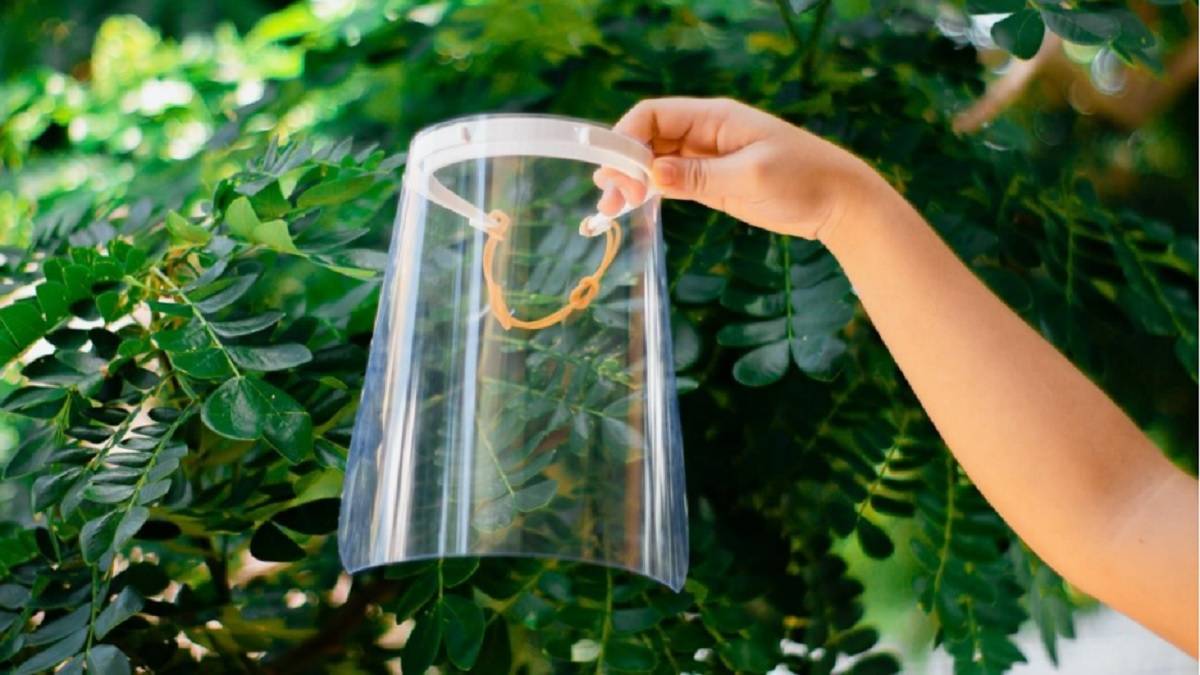The resulting composite face shield acts as a barrier for airborne droplets and repels them, thereby reducing the risk of fomite formation from the surface of the face shield.
Researchers have proposed a novel technique to enhance the efficiency of face shields by coating them with a hydrophobic (water repellent) layer.
A team of researchers from the Department of Mechanical engineering, Indian Institute of Technology (IIT) Bombay, have proposed a novel technique to enhance the efficiency of face shields by coating them with a hydrophobic (water repellent) layer. The resulting composite face shield acts as a barrier for airborne droplets and repels them, thereby reducing the risk of fomite formation from the surface of the face shield.
The team wanted to make protective gear better to help arrest the spread of COVID-19. So, they first targetted to improve the efficiency of face shields. They repurposed a commercially available and economical spray used to coat automobile windshields. The spray coating contains silica nanoparticles making the coating superhydrophobic, thereby keeping the windscreen clear during bad weather conditions.
Face shield could fend off tiny virus-laden droplets
The researchers coated the face shield with this hydrophobic coating and demonstrated that the face shield could fend off tiny virus-laden droplets. They observed that water droplets falling on the face shield bounced off the surface, keeping the coated area free of water deposit and hence eliminating fomite accumulation.
The team conducted laboratory experiments to establish the repelling properties of the composite coated face shield. Another novel feature of the study is the assessment method of the droplet’s interaction at the face shield surface. Existing assessment methods utilise laser techniques to visualise the interaction of aerosols on surfaces. This method gives the overall picture of the interaction.
“In our study, we show how individual droplets behave after coming into contact with the face shield’s coated surface,” said Prof Rajneesh Bhardwaj, co-author of the study. Their experiments also show that the coating does not affect the transparency of the face shield.
The team also evaluated the performance of the coated face shields for droplet velocities varying from 0.1 m/sec to 1 m/sec, which covers rainy situations where droplets fall at higher speeds on the surface. “Even under rainy conditions, the coating repels the droplets and the visibility of the face shield is not affected,” the authors said highlighting the additional advantage of the improved face shield.
The results of the experiments were published in the journal, ‘Physics of Fluids’. The project was funded by the Industrial Research and Consultancy Centre (IRCC), IIT Bombay.
Read more:


Comments